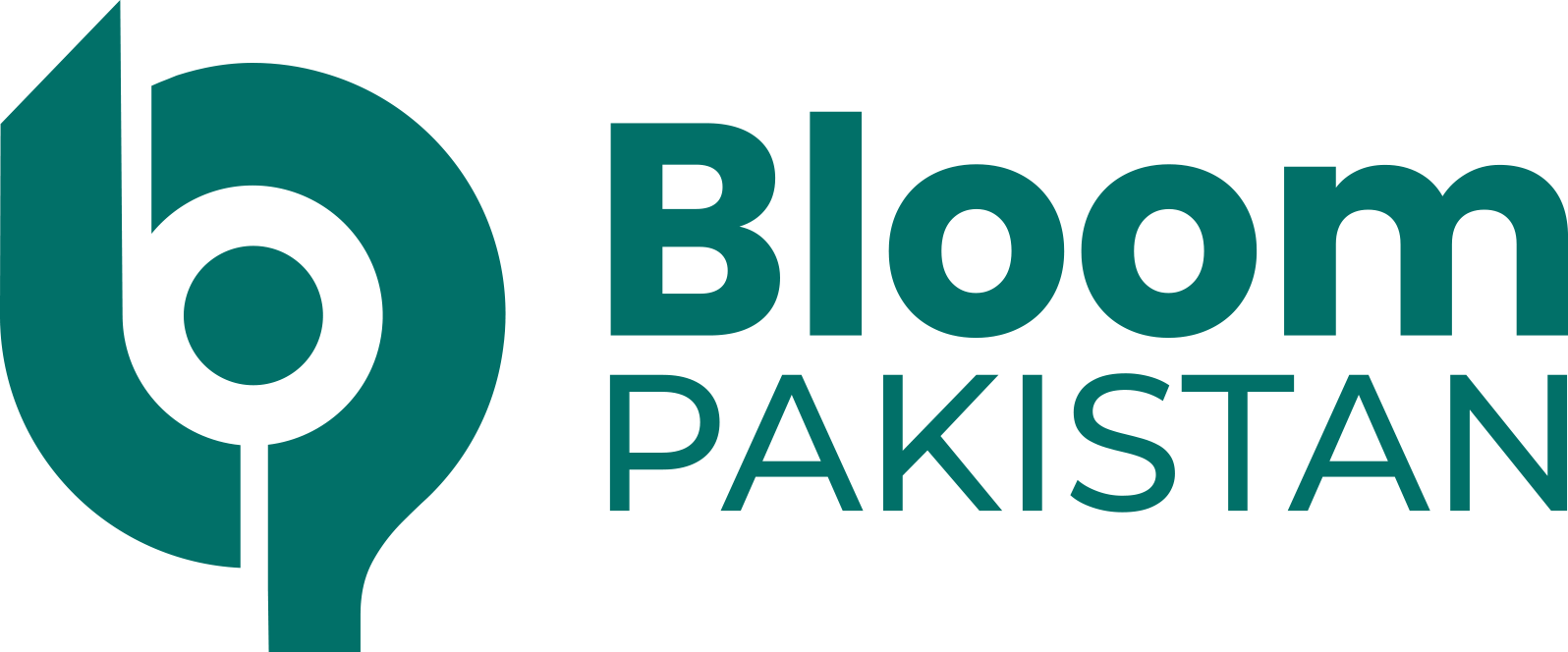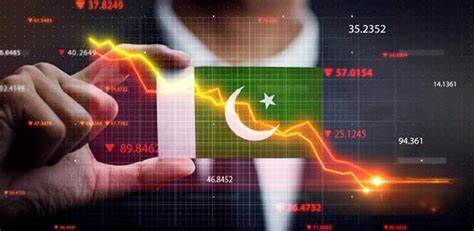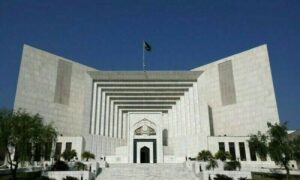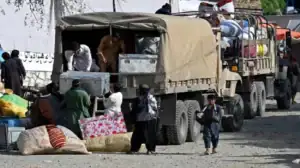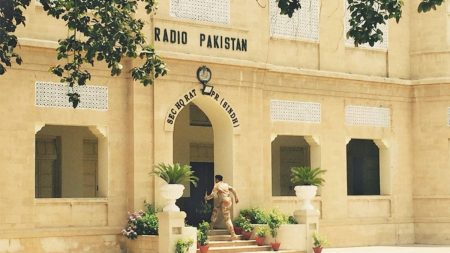Islamabad, Sep 3: Fuel prices, poverty, and inflation are just a few of the five significant and enduring economic difficulties that Pakistan continues to face, according to the Finance Ministry. The Ministry of Finance stated that the $1.5 billion Building Resilience with Active Country-cyclical Expenditures (BRACE) program has resulted in a significant overall impact on Pakistan’s economy, primarily because of high fuel prices, in its fifth quarterly performance report to the Asian Development Bank (ADB), which was released on Monday.
Fuel prices can impact economic activity in a variety of areas and have comparatively large multiplier effects. In addition to lowering the direct consumption of petroleum products, high fuel costs also have a negative impact on a number of other industries, including mining, construction, transportation of commodities, industrial demand, and the generation of power.
It went on to say that, after gasoline, edible oil has the biggest effect on household consumption and the GDP, but that for the poor, the impact is nearly twice as great. Owing to oil’s comparatively higher price elasticity, demand shock is larger than that of wheat and nearly doubles in low-income households. Pakistan’s reliance on imported palm oil, primarily from Malaysia and Indonesia, makes it extremely vulnerable to price fluctuations and may also negatively impact children’s healthy dietary habits.
Poverty is significantly impacted by the Russian-Ukrainian military issue, which may put further strain on the already limited budgetary margin. The Ministry of Planning, Development, and Special Initiatives released the Post-Disaster Needs Assessment Report of the 2022 floods. It indicated that 8.4–9.1 million more people may become impoverished as a result of the severe disaster, potentially increasing the country’s poverty rate by 3.7–4.0 percent.
The enormous budget deficits that currently exist could be further increased by any prospective cash transfers or expansion of the Benazir Income Support Programs, the current transfer payment scheme. Increasing food prices (the highest in Pakistani history), rising energy, gas, and petroleum product prices, as well as the ongoing depreciation of the national currency, all have a negative impact on household consumption and will exacerbate poverty, especially in rural areas.
The ministry said that although it was anticipated that the Russian-Ukrainian War-related global crisis would hinder Pakistan’s economic growth, its negative effects on poverty, food insecurity, and declining diet quality are probably going to be more noticeable.
Nevertheless, the devastating floods that struck Pakistan in 2022 destroyed 1.8 million hectares of cropland and devastated 33 million people, according to the NDMA Post-Disaster Needs Assessment Report of 2022 foods. Significant damage to private and public infrastructure also resulted in worsened diet quality, particularly in rural areas, and lower economic growth in FY2023.
Fiscal pressure is being applied to the expenditure side due to increased markup payments, notwithstanding positive revenue performance. However, during the first half of the fiscal year 2024, government initiatives to rein in non-mark-up spending contributed to an improvement in the primary surplus.
During the July–December fiscal year 2024, the primary surplus increased by 1.7 percent of GDP, but the overall fiscal deficit increased by 2.3 percent of GDP.
During the first half of fiscal year 2024, Federal Board of Revenue (FBR) revenues grew by 30 percent to reach Rs. 4,469 billion against Rs. 3,429 billion in the same period of last year. Non-tax revenue witnessed a growth of 108.8 percent.
The budgeted Vs actual expenditures position shows that 19 percent of the annual allocated budget is utilized during the first quarter of the fiscal year 2024.
No subsidy has been budgeted for providing subsidized gas to export-oriented Industries. Henceforth, no subsidy has been released during the first quarter of fiscal year 2023-24. Pending claims of Sui Northern Gas Pipeline (SNGPL) and Sui Southern Gas Company Limited (SSGC) amounting to Rs. 730 million for providing subsidized RLNG to the export sector during 2022-2023 are yet to be cleared.
This amount has been re-appropriated from the budgeted subsidy for “Nonfederal Board of Revenue (FBR) revenues increased by 30% to Rs. 4,469 billion in the first half of fiscal year 2024 compared to Rs. 3,429 billion in the same time the previous year. There was a 108.8% increase in non-tax revenue.
According to the budgeted vs. actual expenditures position, the first quarter of the fiscal year 2024 will see the use of 19% of the annual allotted budget.
Diversion to Domestic Sector” and henceforth the pending has been cleared.
No program or project was assigned to Pakistan Agricultural Storage and Services Corporation (PASSCO) under ADB funded BRACE program so no allocation was made during FY 2024.
The budget for “subsidy for import of urea of fertilizer” has been allocated under Grant No 45-FC21G01-Grants, Subsidies, and Miscellaneous Expenditure being dealt with by the Finance Division.
BISP disbursed Rs. 69,222 million to 2.769 million flood victim families @ Rs. 25,000 per family across Pakistan during FY 2022-2023. To meet this budget requirement from within the approved allocation of BISP for 2022-2023, an amount of Rs. 50,419 million was re-allocated under the head of “Emergency Flood Relief Cash Assistance”. The remaining amount was charged to the head “unconditional cash transfer.”
